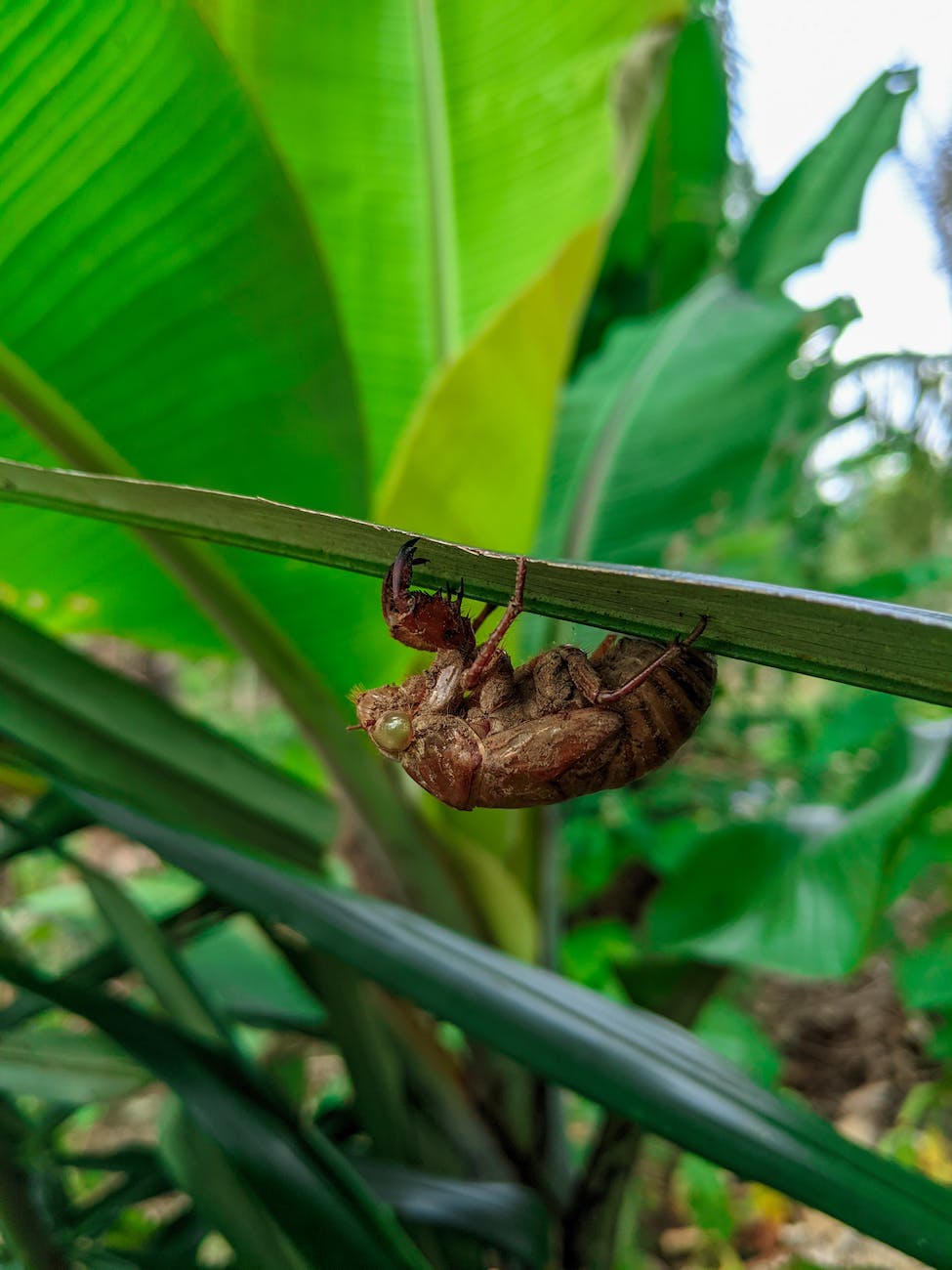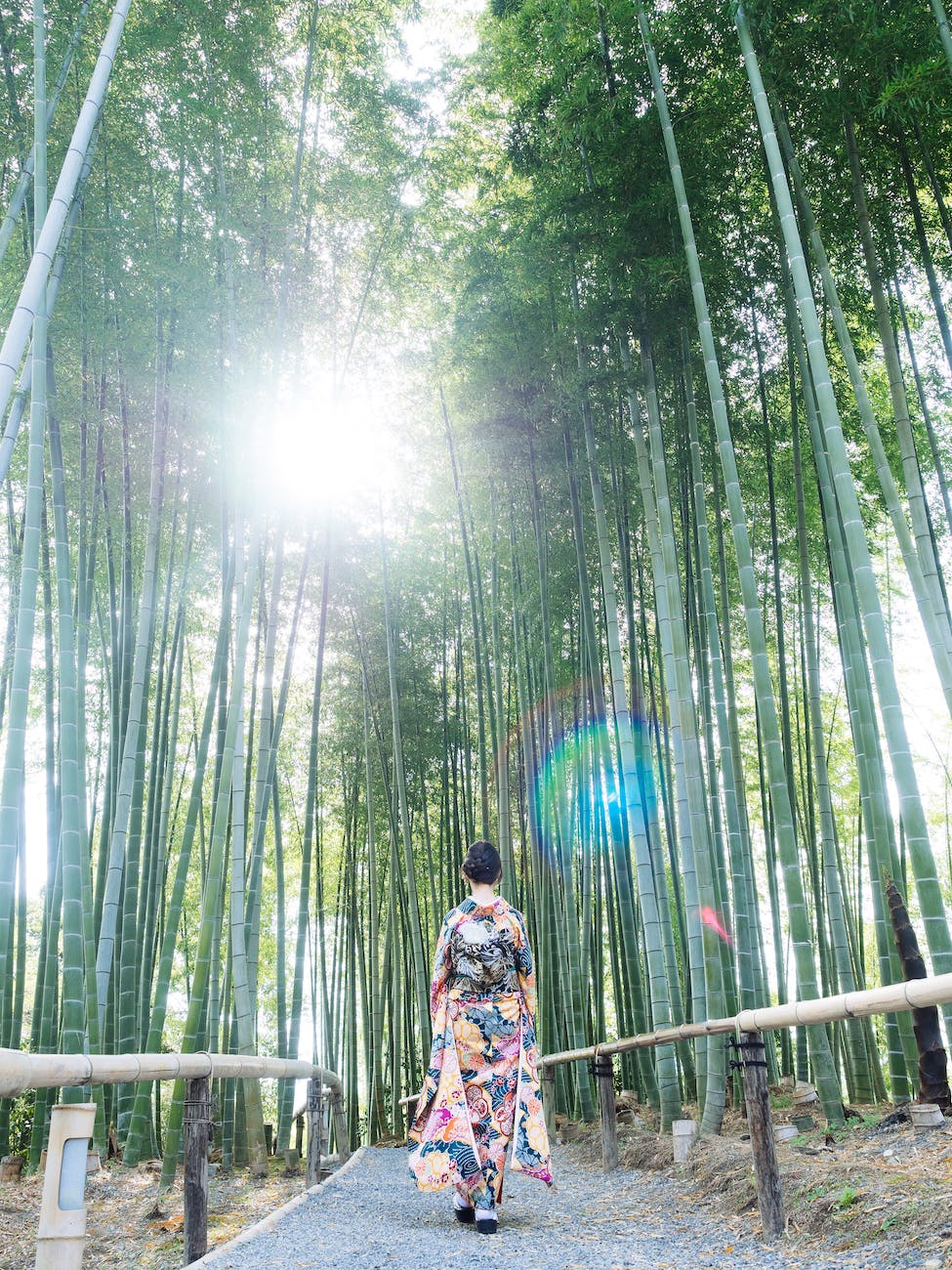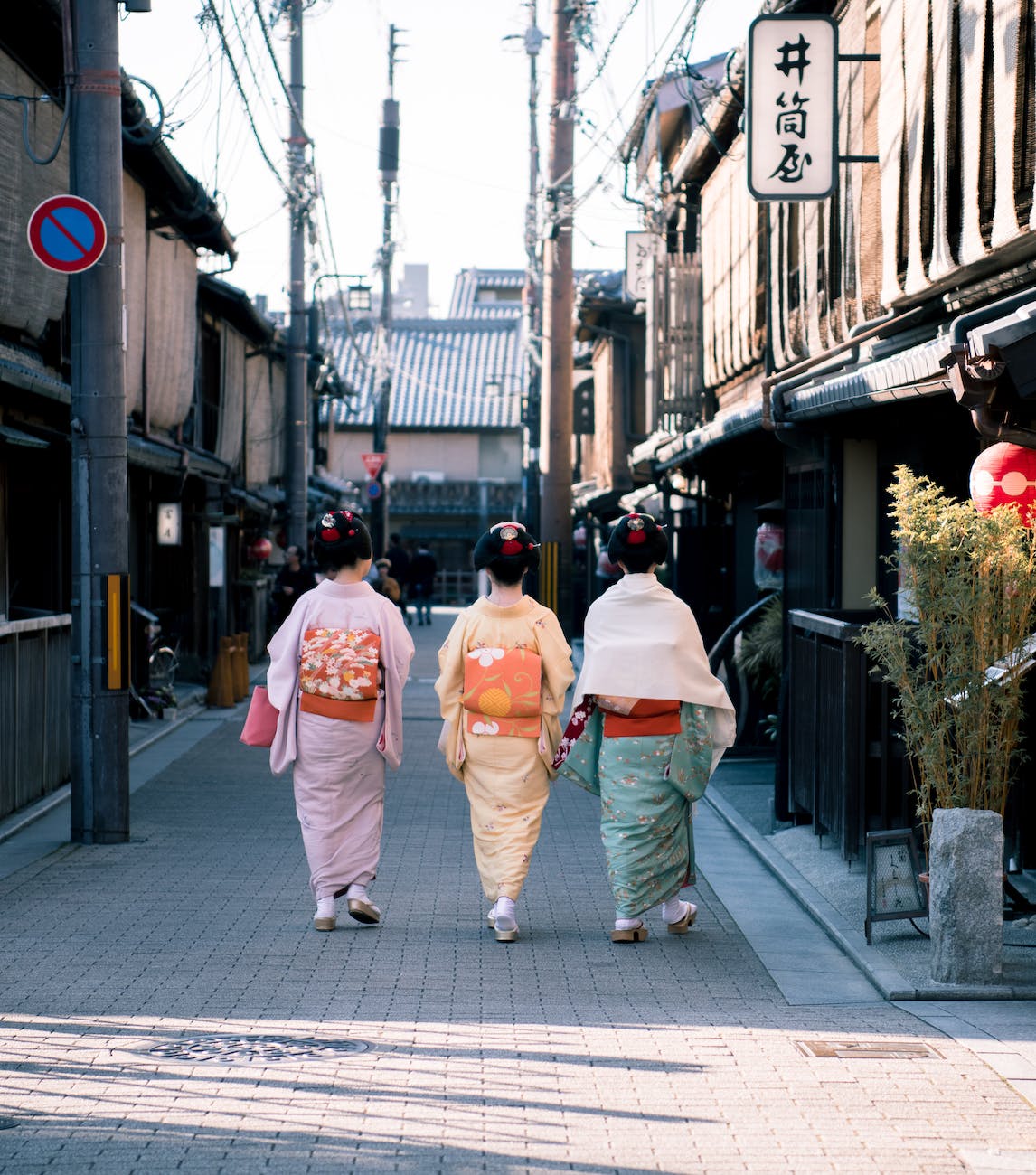Introduction: Hello, everyone! Today, I want to talk about an important lesson we can learn from the people of Japan’s Jomon period, especially focusing on how letting go of material possessions and attachments can bring peace and harmony into our daily lives.
Life in the Jomon Era: The people of the Jomon period in Japan lived in harmony with nature. They did not try to dominate nature but lived by adapting to and appreciating its blessings. For them, material possessions were merely necessities for living and not objects of excessive attachment. This offers a significant hint for us modern people.
The Importance of Letting Go of Possessions and Attachments: Our contemporary society constantly pressures us to ‘possess more.’ However, like the people of the Jomon era, letting go of our attachment to material possessions can bring us inner peace. The fewer possessions we have, the less worry and anxiety we will have about them.
Applying to Modern Life: So, how can we incorporate this ancient wisdom into our modern lives? Start by reassessing what you own and keeping only what is truly necessary. Also, prioritize human relationships over material things, and cherish connections with community, family, and friends.
Conclusion: This lesson from the people of the Jomon era can reduce stress and anxiety in modern society, paving the way for a more peaceful and happier life. Letting go of possessions and attachments is not just about discarding material things; it’s about pursuing mental peace and happiness. Try incorporating the teachings of the Jomon period into your daily life for a more fulfilling experience.
Afterword: I hope today’s blog serves as a valuable source of information and brings a fresh perspective to your daily life. Please feel free to share your thoughts and experiences in the comments and through sharing!









